Profound Learning
Elevating students to reach new heights through empowerment.
Empowerment
through autonomy.
Profound Learning is an empowerment model of learning that elevates student learning to heights not achievable using the traditional ‘command and control’ industrial age model of education. Allowing students to take control of and responsibility for their own learning has proven to increase motivation and the effectiveness of learning. Along with high academic excellence, the Profound Learning model prepares students for their future with a focus on innovation and creativity.
Outperforming the norm.
Our students consistently out-perform provincial norms on Provincial Achievement Tests (PATs). The provincial average of students attaining excellence is 20%. At Master’s, over 90% of our students consistently achieve excellence.
Outperforming
the norm.
Our students consistently out-perform provincial norms on Provincial Achievement Tests (PATs). The provincial average of students attaining excellence is 20%. At Master’s, over 90% of our students consistently achieve excellence.
The Profound
Learning Difference
Traditional Education
System
Industrial Age
Assembly Line
Classroom Centric
Learning Outcome
Excellence for the few
Learning Outcome
Demands & Expects
Conformity
Compliance
The Profound Learning Difference
Profound learning
21st Century Learning
Personalized
Learner Centric
Excellence for the majority
Activates
Innovation
Creativity
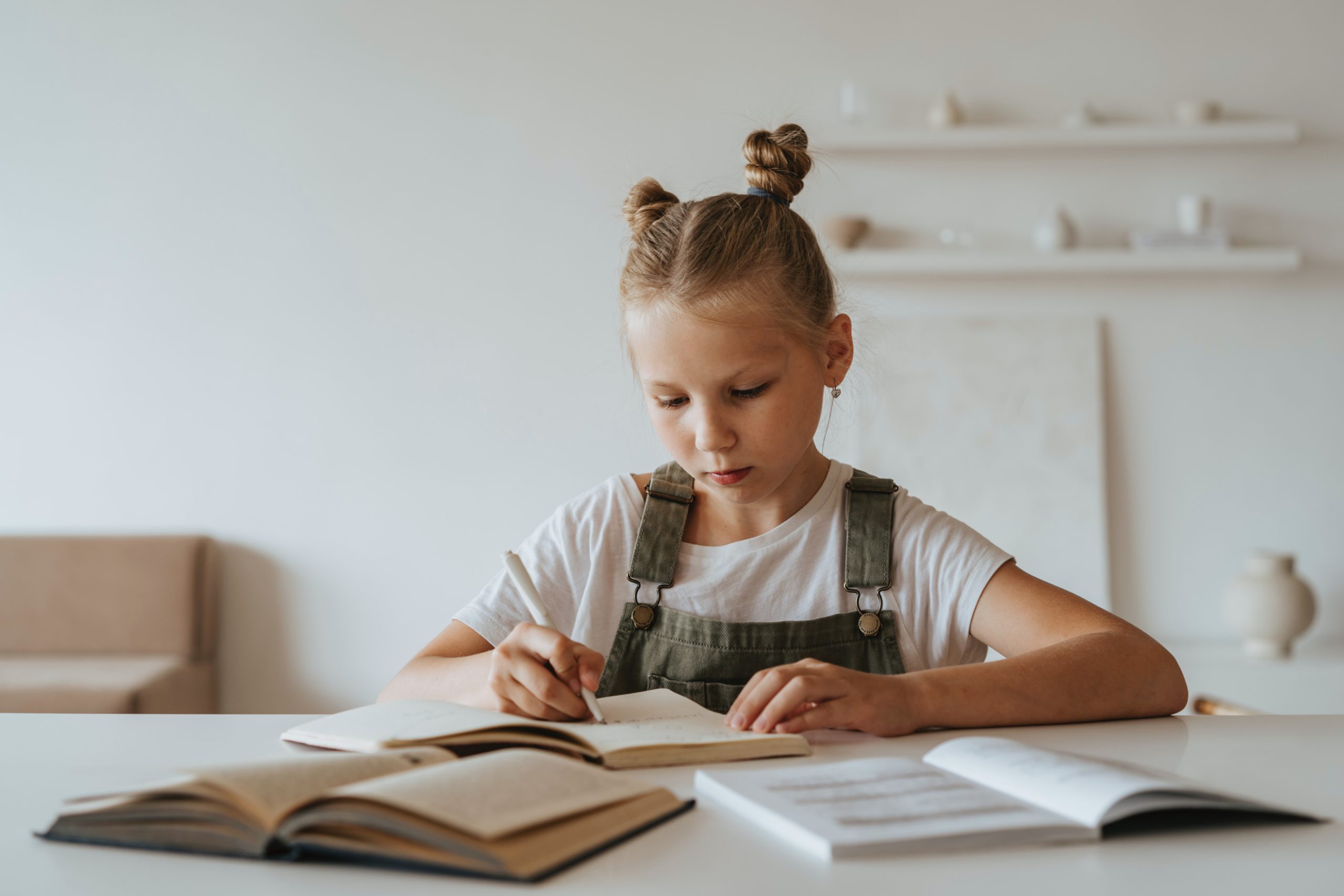
Challenging Orthodoxy
Innovation is fueled by the ability to challenge orthodoxy or dogma of the system. The factory model of education is established on the following two axioms: the time to learn is fixed and the quality of learning is variable. These axioms have gone unchallenged for decades, which have led educators to believe that student performance in the system is primarily a reflection of their ability to learn and not a by-product of the system itself. The Profound Learning model challenges the orthodoxy of education. In order to create a system where the time to learn is personalized and the quality of learning is tight, new systems were invented through which learning is managed.
A majority,
not the few.
Profound Learning is a system of education through which the vast majority of students achieve academic excellence. Motivation skyrockets as students engage in learning experiences that are meaningful to them. In a Profound Learning environment, students, teachers, and parents experience a joy not possible in the traditional command and control system of education. In addition to academic excellence, students are equipped with Future Ready skills essential for succeeding in the world of tomorrow.
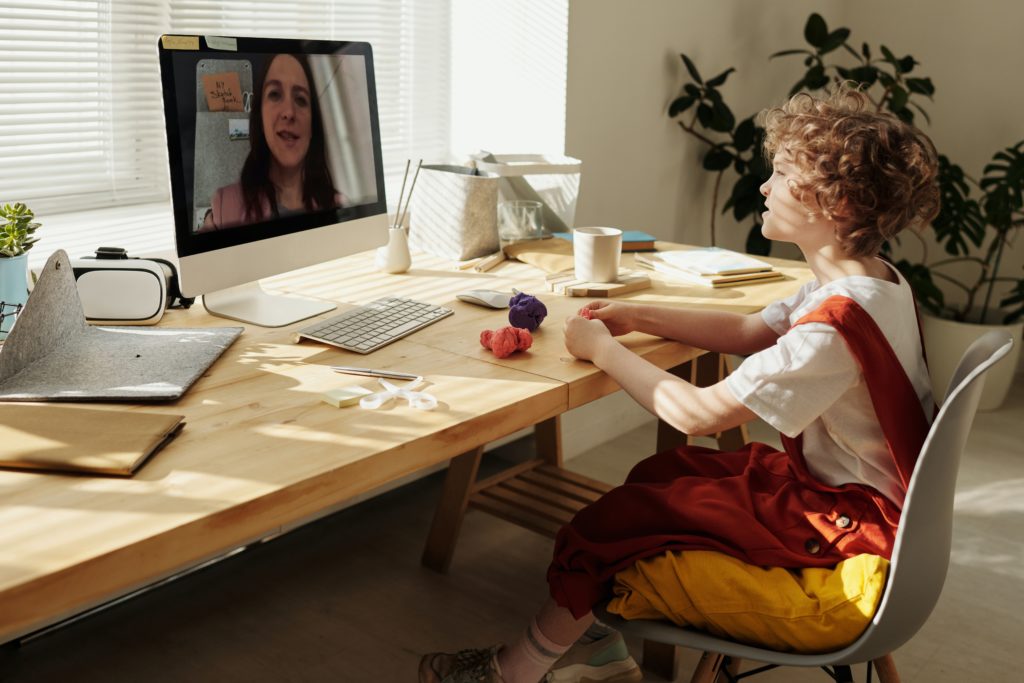
The Layers of Profound Learning
The Profound Learning model does what traditional education does not. Students attain high academic achievement, as well as become equipped with a powerful sense of self-purpose and the skills to make a difference in their world.

Ownership
The foundational layer of Ownership is achieved by providing students with tools and processes, such as Learning Maps, that give them the ability to track their own learning. Putting the responsibility for learning in the hands of students requires shifting one’s thinking about teaching and learning.
What does ownership look like?
-
Student perspective and opinion is recognized.
-
Student feedback is gathered and interpreted.
-
Students are given choice.
-
Students track their learning and set goals.
-
Students are given leadership opportunities.
-
Students are managing their own projects.
-
Students are given the responsibility.

Mastery
The second layer is Mastery, where the vast majority of students attain a high level of academic success. Mastery is achieved by students identifying and closing gaps in their learning through self-assessment. In addition, students engage in brain-compatible learning experiences based on the latest research in neuro, cognitive, and behavioural sciences. At Master’s, we have developed an inquiry, project-based learning process called Learning Adventures. Learning Adventures integrate the essential elements of Profound Learning with a high level of academic rigour and relevance.
What does mastery look like?
-
Learning is customized (environment, passion/interest, ability levels).
-
Time to learn is personalized.
-
Instruction is differentiated (amount/type).
-
Success for all is the goal.
-
Quality is fixed.
-
Learning gaps are closed.

Innovation
The third layer is Innovation, where students experience the process of Becoming Imaginal. The imaginal term comes from biology: it is the imaginal cells within the caterpillar that transform it into a butterfly. Becoming Imaginal is a metaphor to describe the ability of our students to see, design, and create the future. Who the student is becoming is as important to their future as their academic achievement.
What does innovation look like?
-
Uniqueness is encouraged.
-
Thinking beyond improvement to transformation/design.
-
Use of creative processes or tools.
-
Creating that which has never been done before.
-
Pursuing personal passion and vision.
-
Becoming Imaginal.

Future Ready
The icing on the cake and between all the layers is the purposeful development of Future Ready skills within students. These are the skills that students need to thrive in their future.
What does future ready look like?
-
Personal development with a growth mind set, skills and habits.
-
Developing character through the 7 Habits of the Master Learner.
-
Finding your Big Why through the 5 Keys of Becoming Imaginal.
R&D in-house.
Master’s Profound Learning model goes beyond academic preparation and the traditional system of education. This learning framework has been established by the R&D Team at Master’s and is a comprehensive ecosystem that is being recreated and scaled around the world.
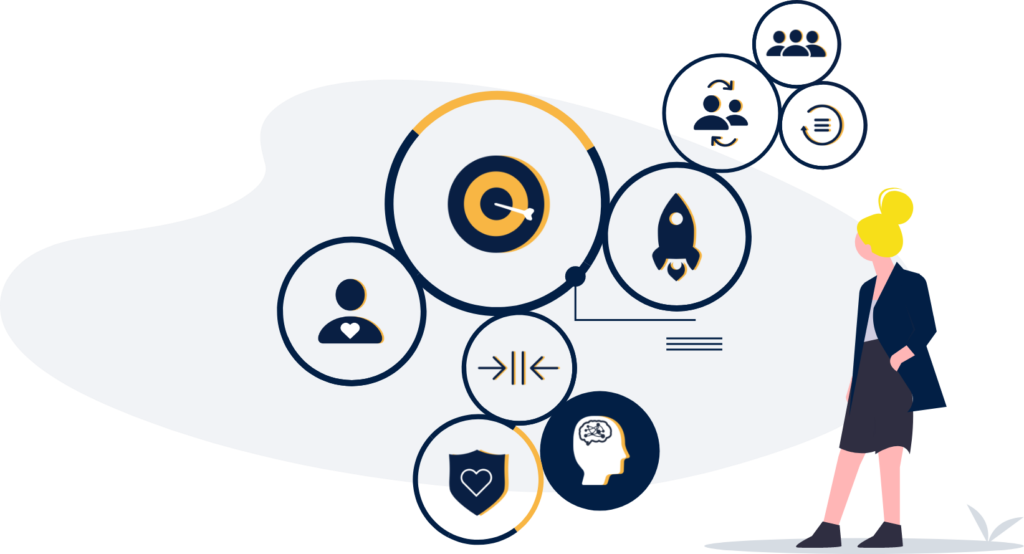
Profound Learning Elements
The mission of Master’s Academy is to prepare students to be Future Ready by laying a foundation of academic excellence alongside students becoming Master Learners. Consistently, the Academy has been a top ranked school in Alberta by the Fraser Institute.
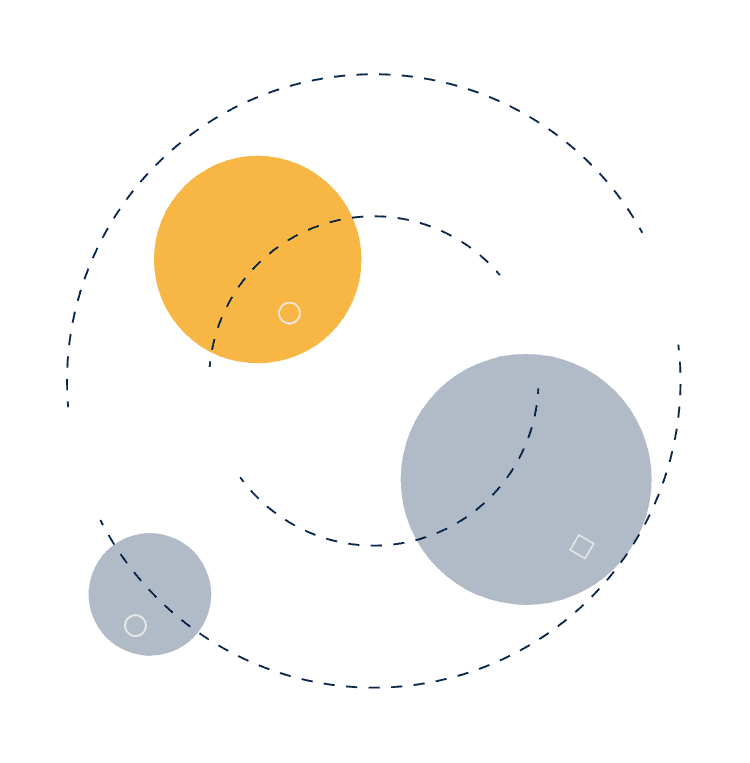
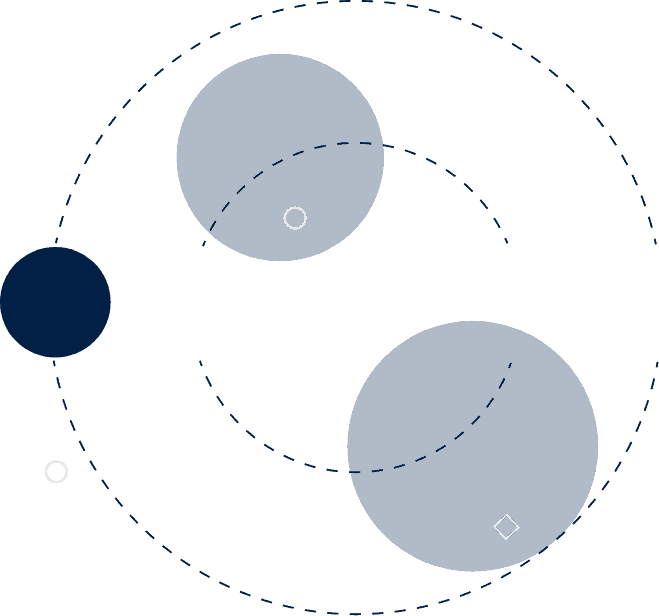
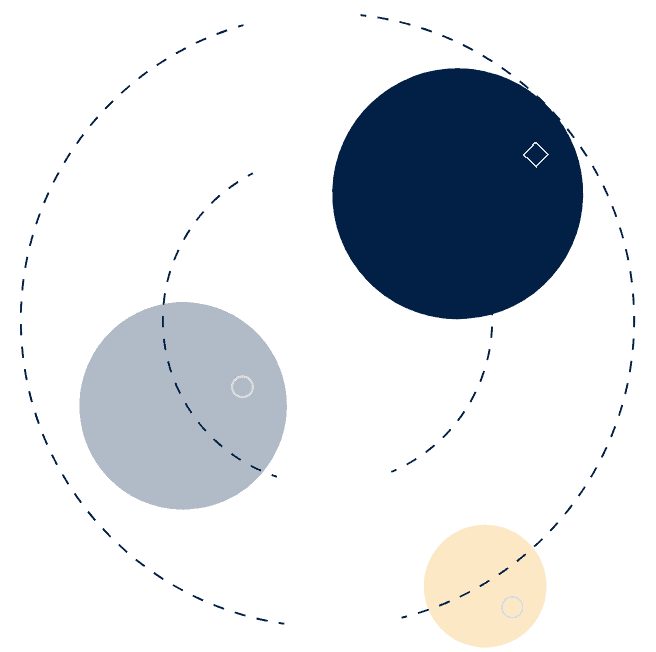

Culture of Trust
-
Trust (reducing fear)
-
Restitution (relationship)
-
Collaboration vs. competition
-
Growth mindset

Formative Assessment
-
Frequent “check ups” before summative assessment
-
Ongoing and meaningful data collection
-
Identifying gaps in learning
-
Teacher and peer feedback

Closing Gaps
-
Setting goals to close gaps
-
Differentiation in amount and type of instruction
-
Clustering for mastery
-
Time to learn is flexible

Future Ready
-
Innovation
-
Core competencies
-
Habits of the learner
-
Developing character
-
21st century skills
-
Imaginal capacities
-
Graduate profile
Brain Based Learning
-
Creating meaning, relevancy, novelty, movement, choice and emotion

Shifting Roles
-
Role of the teacher (context, conditions, connections)
-
Role of the student (ownership, empowerment and mastery of learning)

Quality
-
Student self-assessment
-
Tracking essential learning outcomes
-
Expectations and benchmarks
-
Do it right the first time

Personalized Learning
-
Pacing of learning
-
Learning preferences
-
Offering choice (environment, delivery of learning, final product)

Collaboration
-
Positive interdependence
-
Mentorship
-
Teacher and student learning from one another
-
Group genius
-
Individual success linked to group success
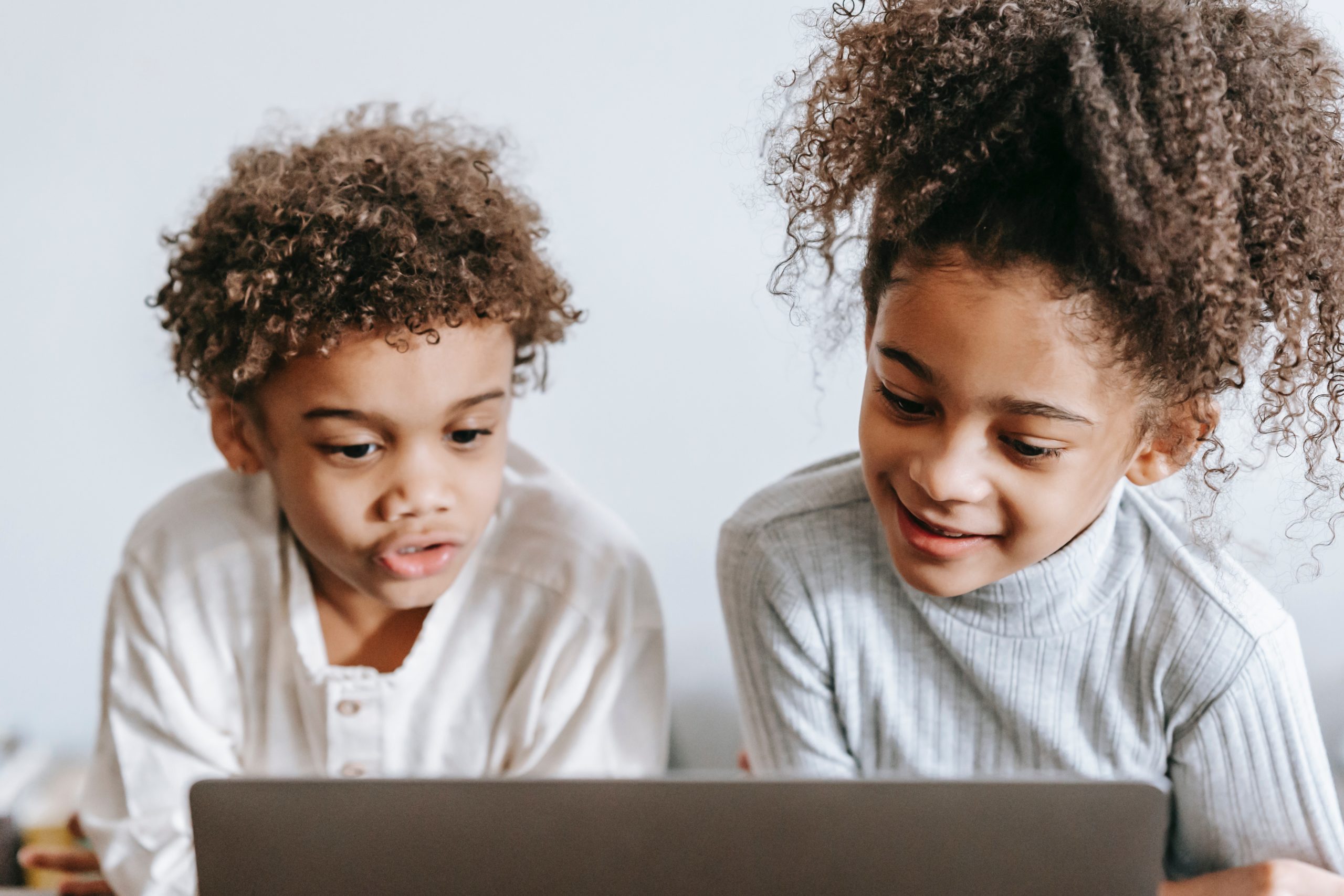
Neuroscience
Learning only happens when the biology of the brain is activated and altered. In other words if there is no biological change in the brain then there is no learning.
